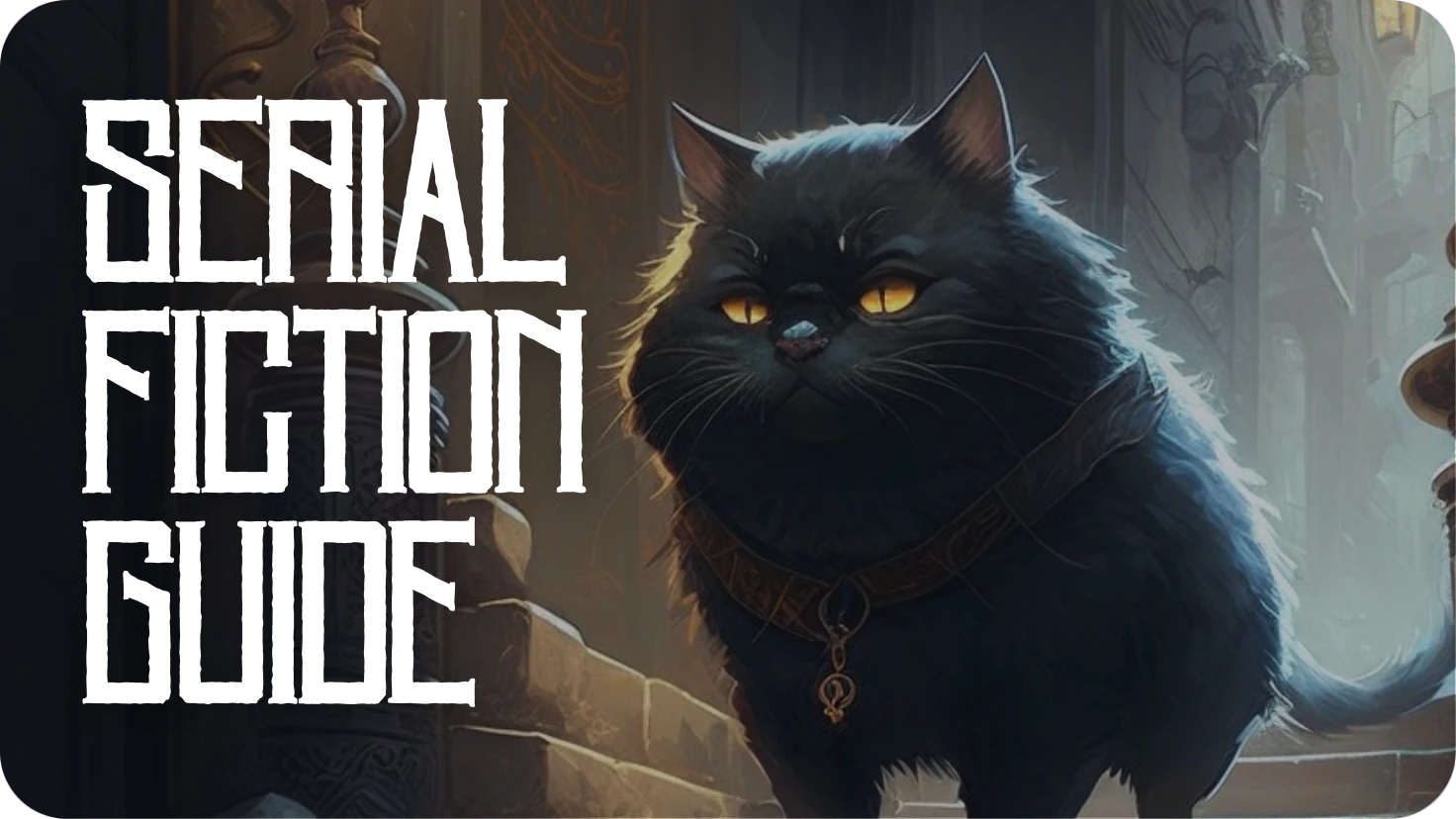Writing a serialized story can be a challenging but rewarding experience. Here are some important points to keep in mind when crafting your tale:
Format: A serialized story is told in multiple installments, or episodes, rather than all at once. This means that each episode should have its own climax and resolution, while also advancing the overall plot of the story.
Strong characters: Characters are the heart of any story, and this is especially true for a serialized tale. Your characters should be well-developed and relatable, with their own goals, motivations, and conflicts.
Characters at the center of the story: In a serialized story, the characters should be at the center of the action. This means that the plot should revolve around them and their struggles, rather than just being a backdrop for the story.
Plot: A serialized story should have a clear and compelling plot that is revealed gradually over the course of the episodes. The plot should be complex enough to keep the audience engaged, but not so convoluted that it becomes difficult to follow.
World-building: Fantasy and sci-fi genres require a lot of world-building, and a serialized story is no different. The setting and backstory should be well-established and consistent throughout the series.
Cliffhangers: A key aspect of serialized storytelling is the use of cliffhangers. These are moments of tension or uncertainty that are left unresolved at the end of an episode, leaving the audience eager to see what happens next.
Writing style: The writing style should be engaging and easy to read. It should be descriptive and imaginative, but not overly flowery.
Finally, it's important to remember that serialized stories are a long-term commitment. It's important to plan ahead and have a clear idea of where the story is going, but also be flexible and open to change if necessary.
These are just a few of the many considerations when writing a serialized story. With careful planning, strong characters, and engaging plot, you can create a captivating tale that will keep your audience coming back for more.
Research: Research can be a valuable tool in creating a believable and engaging world for your story. If your story is set in a specific time period or location, it's important to research the historical and cultural context to ensure accuracy.
Pacing: Pacing is an important aspect of any story, but it's especially crucial in a serialized format. Each episode should have a balance of action, tension, and character development, while also keeping the overall pacing of the series in mind.
Audience engagement: A serialized story allows for more audience engagement compared to a standalone story, as it gives the audience a chance to follow the characters and the story over a longer period of time, and it's important to use this to your advantage. You can include interactive elements like polls, Q&A sessions, or fan fiction contests to keep your audience engaged and build a sense of community around your story.
Adapting: If your serialized story is being adapted from another medium, such as a book or a movie, it's important to consider how the story will translate to the new format. Some elements of the original story may need to be expanded upon or changed in order to work in a serialized format.

